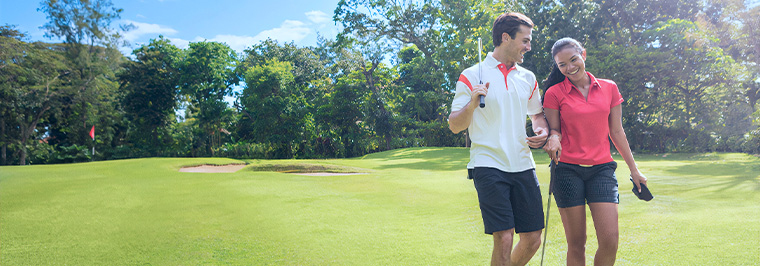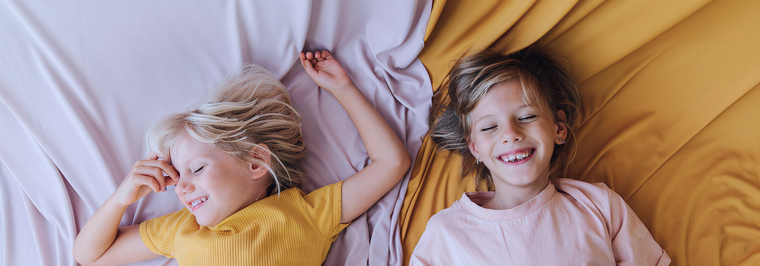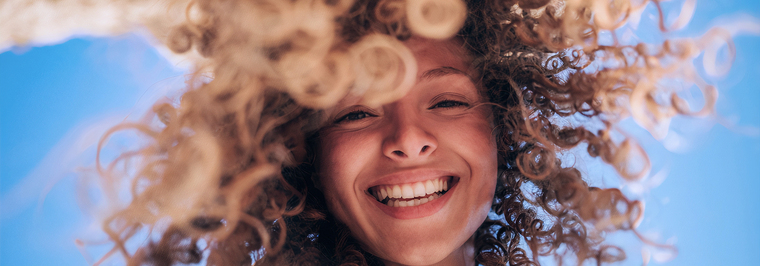Indications and Contraindications for Treatment with Aligners
Orthodontic trays are used to correct minor and moderate bite pathologies. They can be installed as an alternative to braces if the patient does not want others to see that they are undergoing orthodontic treatment.
Indications
This method of correcting defects is indicated in the following cases:
- Gaps between teeth no wider than 4-5 mm
- Various types of incorrect bite – distal, deep, crossbite
- Crowding of teeth
- Teeth tilted forward or backward, rotated around their axis
- Impacted teeth – those that have not erupted and remain in the jawbone
- Preparation for prosthetics
Contraindications
In some clinical situations, correction is not carried out until the problem is resolved:
- Cavities
- Gum inflammation
- Acute infectious diseases
- Poor oral hygiene, a large amount of soft plaque, hard deposits on the enamel surface
Absolute contraindications make the installation of aligners impossible:
- Extensive edentulism – more than five teeth are missing
- Tooth mobility caused by periodontitis, bone tissue atrophy
- A large number of implants
- Bruxism and other anomalies that disrupt normal jaw function
- Individual intolerance to the material from which the trays are made
When Aligners Will Not Help
Despite the effectiveness of these orthodontic devices, they cannot always provide the required result. They will not have sufficient impact in the following situations:
- Congenital bite pathologies, especially of moderate and severe degree
- Complex cases of mesial bite, where the lower jaw dominates the upper jaw
- Combination of abnormal bite with chronic ENT diseases or serious posture disorders
Aligners or Braces
Both bite correction technologies have their advantages and disadvantages. During a consultation at our clinic, the orthodontist will explain the pros and cons of these systems and help choose the suitable option.
Braces:
- Do not always allow for a predictable treatment outcome and correction duration
- Visible when installed on the front surface of teeth – even if the plates are made of ceramic or artificial sapphire, the connecting archwire can be seen
- Can cause pain, scratch the mucous membrane, and the adaptation period often lasts several weeks
- Impose dietary restrictions: hard, sticky, and chewy foods are not allowed or are undesirable
- Require complex care, which is not always effective – often, multiple cavities need treatment after wearing braces
Advantages of Braces:
- They are universal, allowing for the correction of almost any bite pathology and helping with severe defects
Aligners:
- Provide a more predictable result
- Almost invisible when worn
- Do not require giving up dietary habits
- Do not injure the oral cavity
- Do not require complex care
- Allow for timely detection and treatment of dental diseases
However, transparent elastic trays cannot correct all bite problems. They are usually used to fix minor or moderate defects. If the pathology is severe, they will be ineffective.
The AESTHETE Dental Clinic is located in Dubai (UAE), Bluewaters Island. We invite patients of all ages who require bite correction and teeth alignment with aligners. Experienced orthodontists will select the optimal solution considering age, lifestyle, severity of the problem, and other important factors.
If you have any questions, the clinic administrators will answer them. They will inform you about the cost of treatment, help choose a time for a visit, and schedule a consultation.




















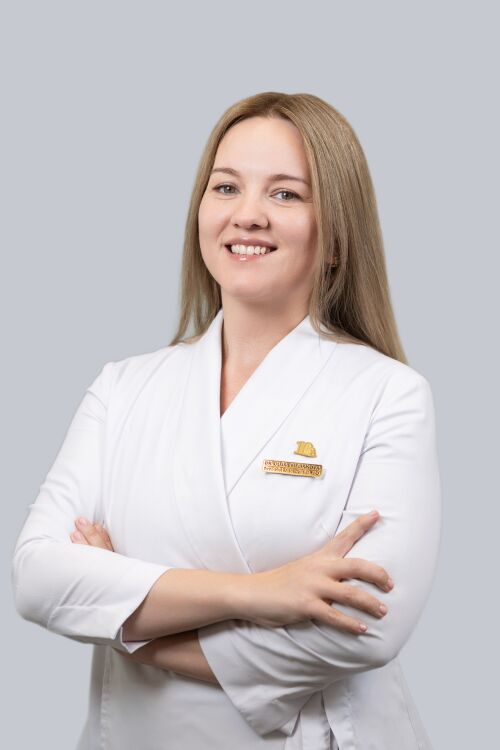

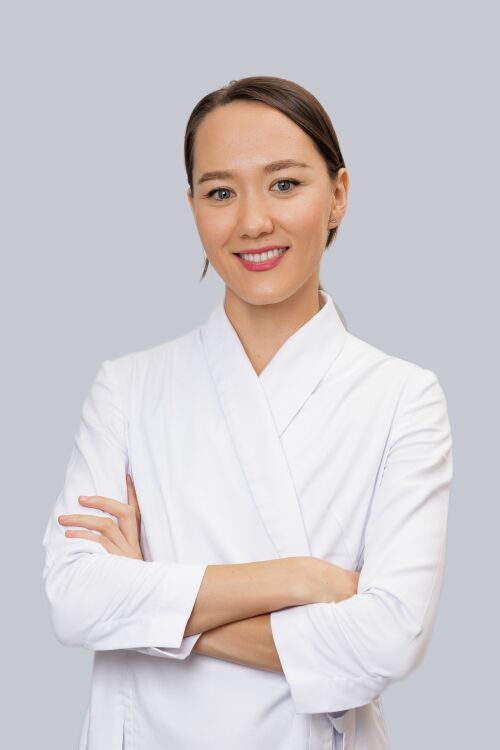


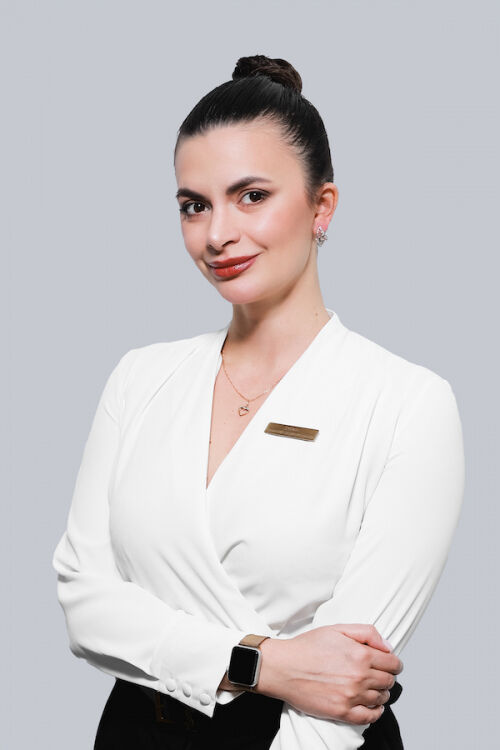
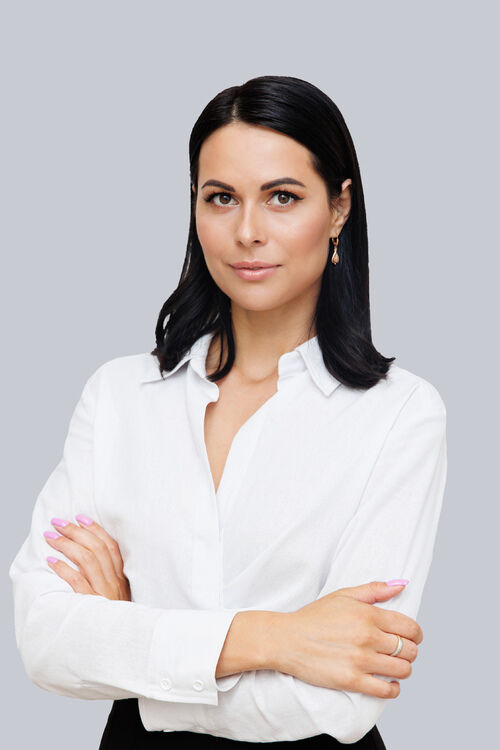












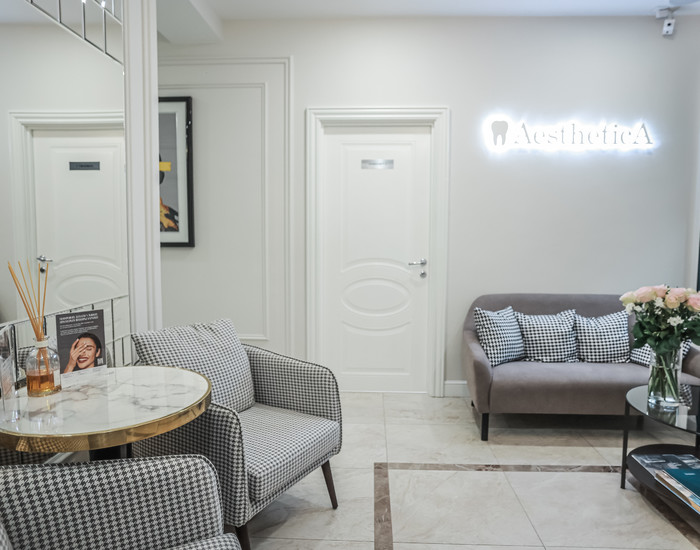
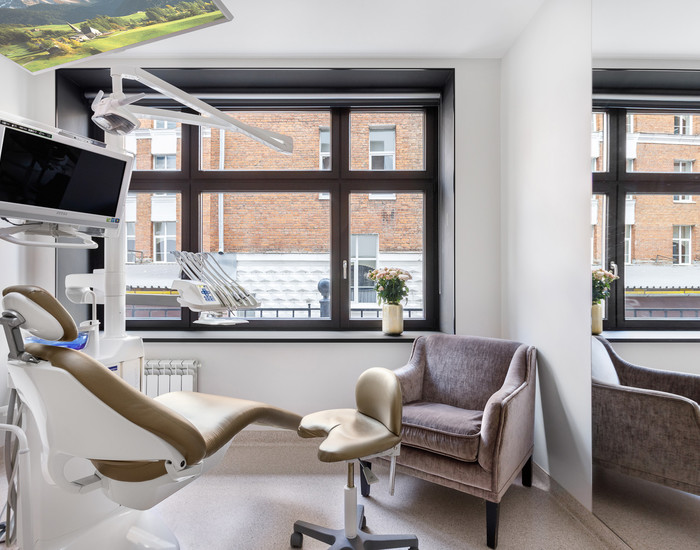




_700x550_ac7.jpg)



